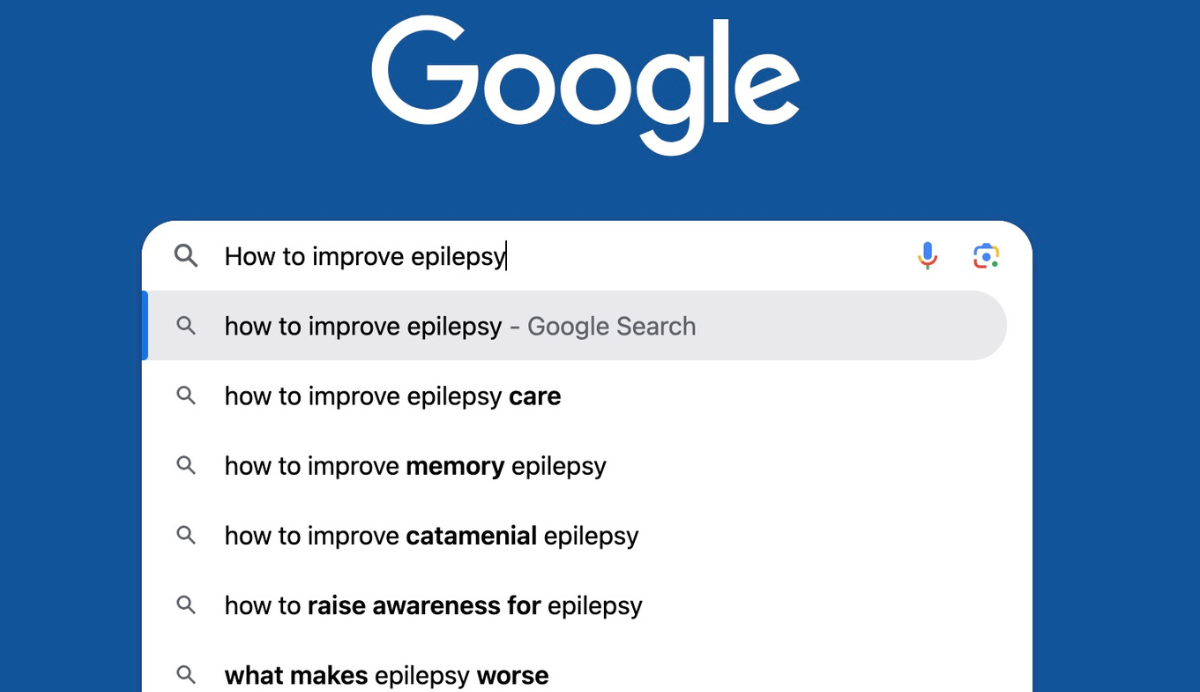My parents went through a lot when I was young, and I struggled with frequent hospital visits, undergoing numerous tests, scans, blood work, EEGs, and MRIs. After being on multiple medications and staying in the hospital, I was finally diagnosed with epilepsy when I was seven years old. My mum and dad were always there for me, loving me and telling me it’s going to be alright.
I also have a sister who is only 16 months older than me, and she has always been my greatest support and best friend in school, standing up for me when others thought I was different. I often felt embarrassed, especially when I couldn't remember what happened and needed time to get back to my normal self.
However, I didn't let epilepsy stop me from doing the things I love. I was a bundle of energy, enjoying the outdoors making forts with my sister. On normal days, I was probably driving my parents crazy with my gymnastics and dance routines. My sister and I were also competitive speed skaters from the age of five, winning many gold medals together in our unbeatable double relay across Canada. A day at the roller rink was always my happy place, especially with my dad (a speed skater) working in the pro shop, fixing skates.
Living with epilepsy, I have faced many obstacles and had to forgo certain activities, but I have always made sure to live my best life. To this day, I still rollerblade—it’s my primary means of transportation.
Over the years, I have learned to control my epilepsy better. I understand my body and mind, and I know when to be cautious about lights and the atmosphere to avoid having a seizure in public. Sometimes, I feel held back and might not go out because I don't want to be a liability. Despite this, I have pushed the boundaries in my life. I moved from near Toronto, Canada, to Melbourne, Australia, taking care of myself without my mum’s reminders. It took some getting used to, but I did it.
I have travelled to 42 countries, jumped out of planes, bungee-jumped from great heights and trekked the Great Wall of China. While I may not drive, my drive to see the world remains strong. I may be slightly different, but I am capable of doing amazing things, even if my mum worries about it.
What have I learned?
I have learned that my body has limits. I can only go so far and do so much to control my epilepsy. I know my triggers and how to handle them. Most of the time, I can tell someone if I’m about to have a seizure, but not always. If I feel a trigger, I must slow down, take deep breaths, and get to a dark area, covering my eyes and yelling for help to see if I can control it before it turns into a seizure.
I don't like people calling an ambulance because I am usually okay by the time they arrive. After a seizure, I can’t answer many questions, and it takes me a bit to recover. Following that, I often get a severe migraine that only sleep and rest can alleviate.
What has been the most difficult part of your epilepsy journey?
There are times when I feel trapped because I don’t want to risk going out. I have never lived alone, always having a flatmate because I’m scared to be by myself. I want more independence, and I am working on that. My memory can be scattered and forgetful, causing anxiety for which I also take medication. Not being able to drive is another challenge, as I have to rely on others or public transport, which can be inconvenient.
How did you hear about the Australian Epilepsy Project (AEP)?
I heard about the AEP through Dr. Patrick Carney, my neurologist. We tried a new medication to better control my seizures, and he mentioned the project. I was eager to participate.
What is your understanding of the benefits the AEP can provide to a participant?
The AEP offers the chance to undergo advanced testing, providing 3D images that reveal details not visible in a regular MRI.
Do you feel the AEP assisted your treatment outcomes in any way?
Yes, tremendously. The treatment gave us a new perspective on my epilepsy. We had been focusing on photosensitivity as the trigger for my grand mal [tonic clonic] seizures. However, the 3D map of my brain and an EEG revealed that my epilepsy is consistently active, involving more petit mal seizures, which I always considered "bad days." The MRI [as part of the AEP’s advanced testing] showed cerebral dysplasia around a lesion in my brain, explaining my memory issues. There might be a treatment to address this, though it’s invasive and comes with risks.
How did you find the testing?
The testing was not invasive at all. The staff was kind and patient, answering all my questions. They provided transport to appointments and MRI scans. I even had a laugh during the MRI when they showed clips of famous actors and piles of money and gold. It was amusing to figure out why those specific scenes were chosen.
What would you say to encourage others to sign up as a participant of the AEP?
I found the experience fascinating, especially the video clips and tasks. The study gave me a new understanding of my epilepsy and potential treatments. Participating in the research allowed me to discover that my brain's seizure activity is constant, not just during grand mal seizures. Learning about my neural dysplasia and the possibility of treatment could significantly improve my life. I encourage others to participate, as it offers valuable insights and could help you to achieve a seizure-free life.
I want to thank everyone at the AEP for the opportunity. Participating in this research has been immensely helpful and insightful. Even if you don’t have epilepsy, the experience is quite interesting.

Ask an Epilepsy Expert: What can I do to help my condition?

Ask an Epilepsy Expert: How is epilepsy diagnosed?

